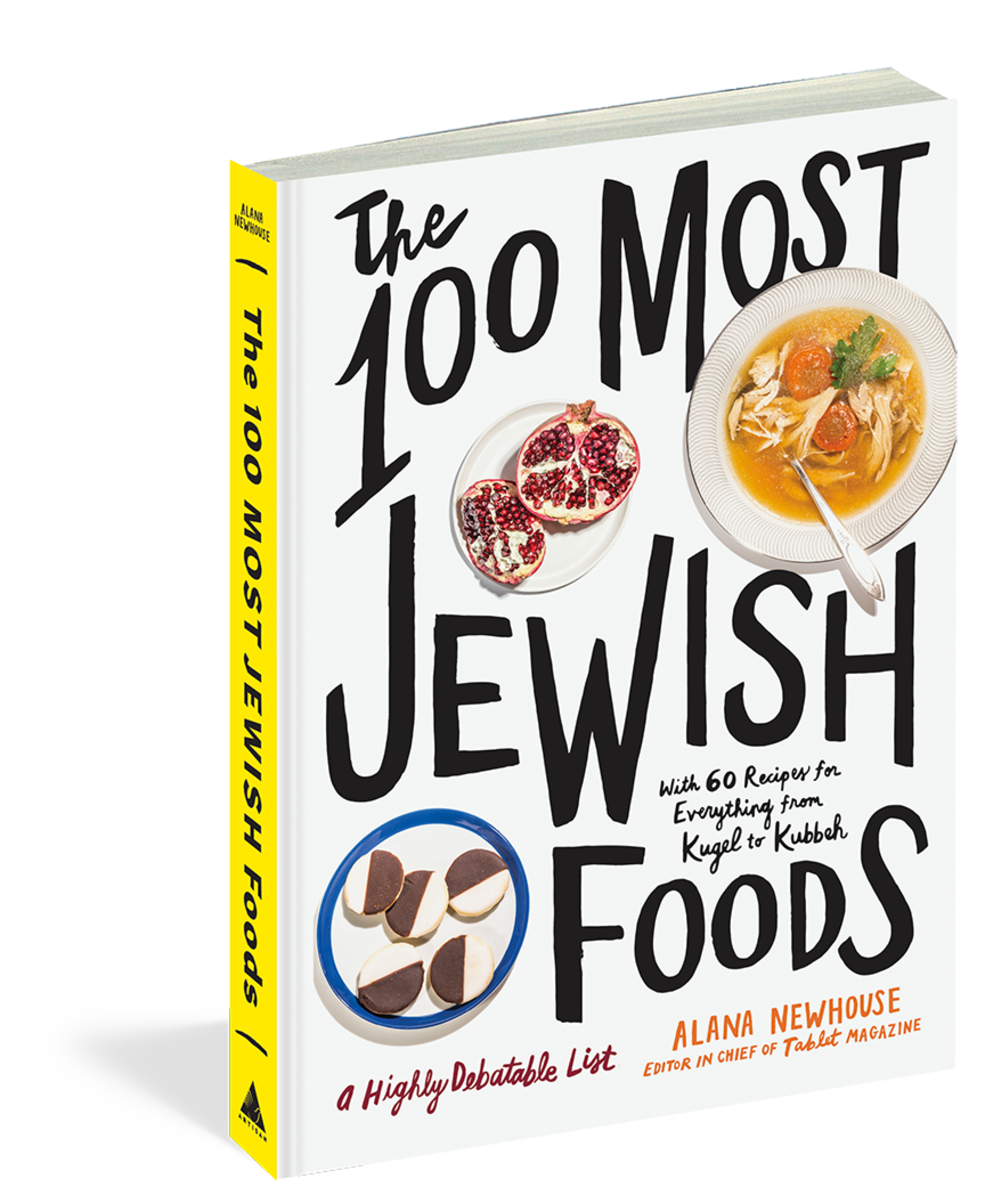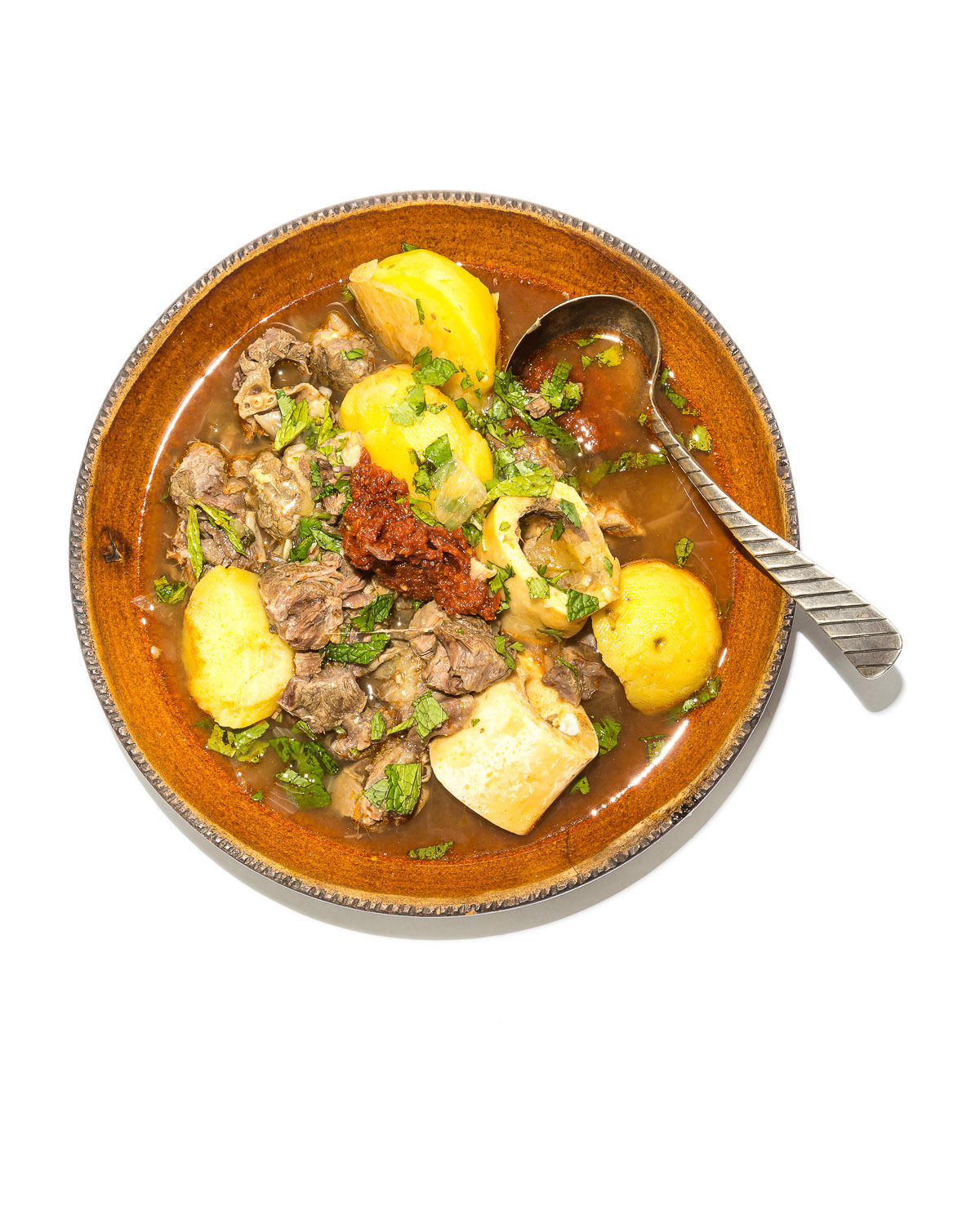Yemenite Chicken/Beef Soup
My father kept cookbooks on his nightstand, because he read them—methodically penciling notes in the index. A simple “T” marked the recipes he wanted to try. After making the dish, he would replace the “T” with a checkmark and rate the result according to his personal scale, from “good” to “excellent” to “superb,” with half-marks indicated by an underline and, on rare occasions, a double underline. If a recipe lacked a “T,” that meant it was either too much trouble for the imagined result or the ingredients were too hard to find or prohibitively expensive.
Reading cookbooks takes a special imaginative talent. To do it well, you need experience with basic kitchen techniques and their effects on food and a sensorial library of flavors, such that you can conjure what a recipe might deliver from just the words on the page. I have a theory that Diaspora Jews are especially good at it, for obvious reasons. There’s also something Talmudic about reading non-narrative tomes for the pragmatism and mental discipline of it. I thought it strange, until I started cooking.
Reading recipes is how I came to make Joan Nathan’s version of Yemenite chicken soup. At first blush, it looks daunting, and I imagine many a novice has shied away. Chicken soup, so complicated? But once you break it down and come to understand it as a basic poultry stock with a spice mixture (hawayij), a hot sauce (zhug), and a mild, medicinal thickener of fenugreek paste (hilbe), it blossoms into an alluring temptation. It’s chicken soup, that bland emblem of our grubbier European past, “separated from the mainstream of Judaism for at least 2,000 years,” as Nathan wrote, where it never lost its bite. The flavorful additives are things Yemeni Jews (and Yemenis) would have at hand in their kitchens, but for me, they were genuinely new combinations to discover. Caraway, cumin, coriander, cardamom, turmeric, saffron, black pepper: the dusty red-ochre colors of a woven rug; smells of the spice trade; Greco-Arabic etymologies. Fenugreek—“mentioned in the Bible,” as Nathan points out—what the hell is that anyway? I brought out my mortar and pestle and set to grinding.
And here’s the thing: My reading of this recipe was right. That doesn’t mean I knew what it would taste like before I made it. It means that I could channel my learning and experience of hundreds of chicken soups, Jewish and otherwise, to recognize that this recipe would be good. And it was. It’s the brightest, richest, clearest, most fragrant chicken soup I’ve ever made. My father would label it superb.
Matthew Fishbane is a senior editor at Tablet.

